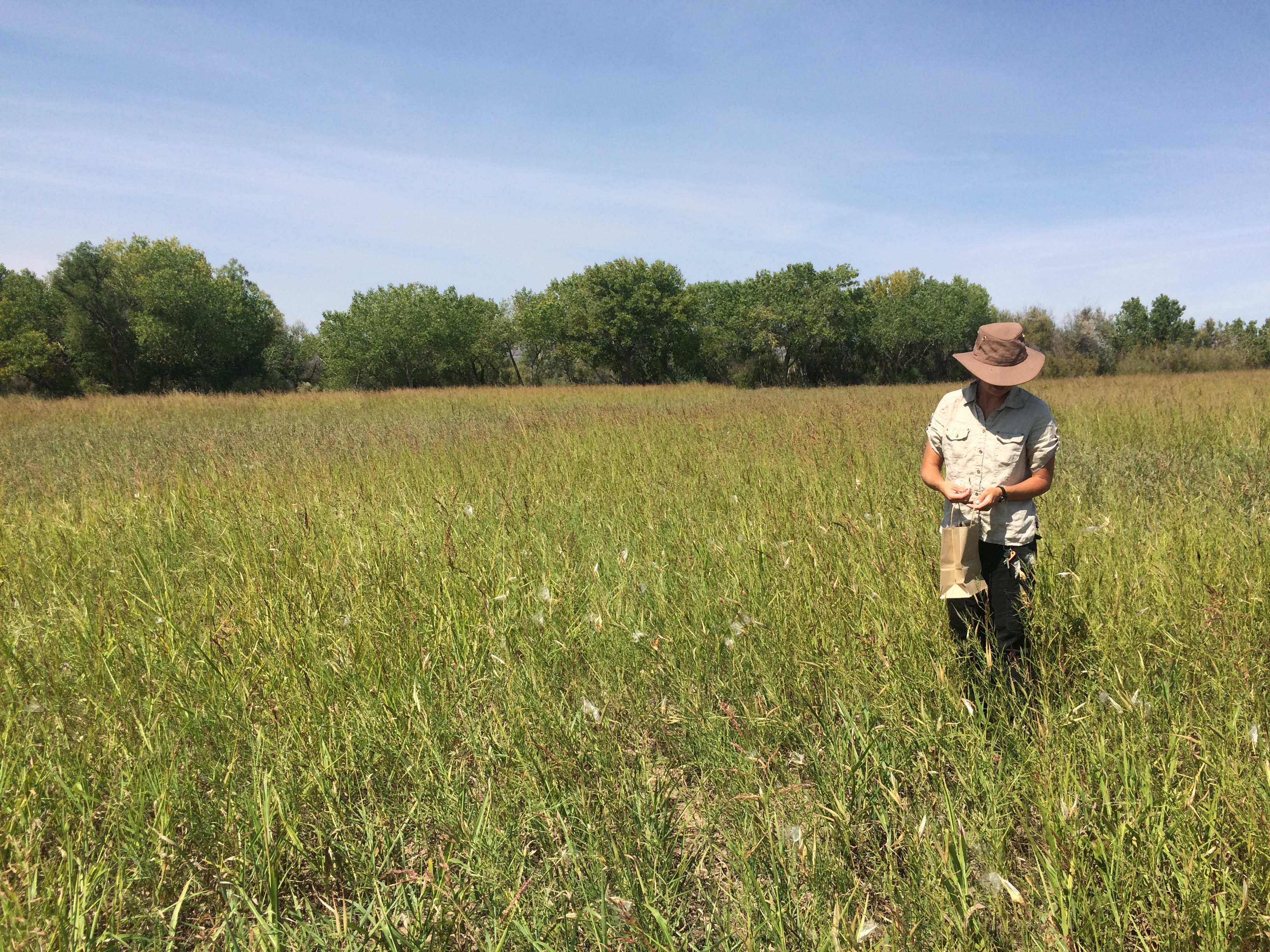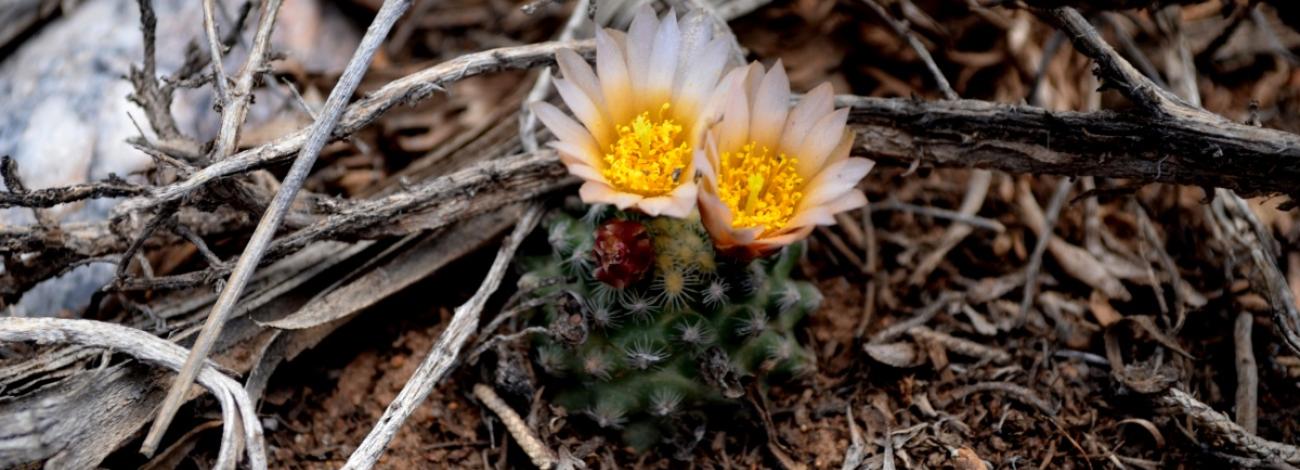
Rare Plants of New Mexico
Authors: Ella Samuel, Daniela Roth, Cecelia Alexander, Maria Mullins & Sam Reiss
Floristic diversity in New Mexico is the fourth highest in the nation, with 4,204 documented plant taxa (Allred, 2012). Unfortunately, over 12% of vascular plants in the state are considered at risk (Stein & Gravuer, 2008). These species face additional challenges caused by climate change and expected associated ecological changes, which are especially significant for small populations with restricted ranges, including many of the species endemic to New Mexico. A 2012 report exploring vulnerability trends in response to climate change relating to geography, conservation status, and taxonomic affiliation on western Bureau of Land Management (BLM) lands revealed that the greatest concentrations of taxa vulnerable to climate change are found in arid to semi‐arid regions of the southwestern states (Treher et al., 2012).
New Mexico lists 235 plant species as rare and imperiled, with 103 species that are considered globally imperiled, and 110 species that occur only in New Mexico and nowhere else in the world. New Mexico’s rare and imperiled plant species include 16 federally listed species, 46 plant species listed as endangered by the State of New Mexico, 57 species listed as sensitive by the BLM, and 75 species listed as sensitive by the Forest Service (EMNRD – Forestry Division, 2017). Due to the many documented threats to native plants in New Mexico, we are directing our attention towards proactive and effective conservation of rare and endangered plants.
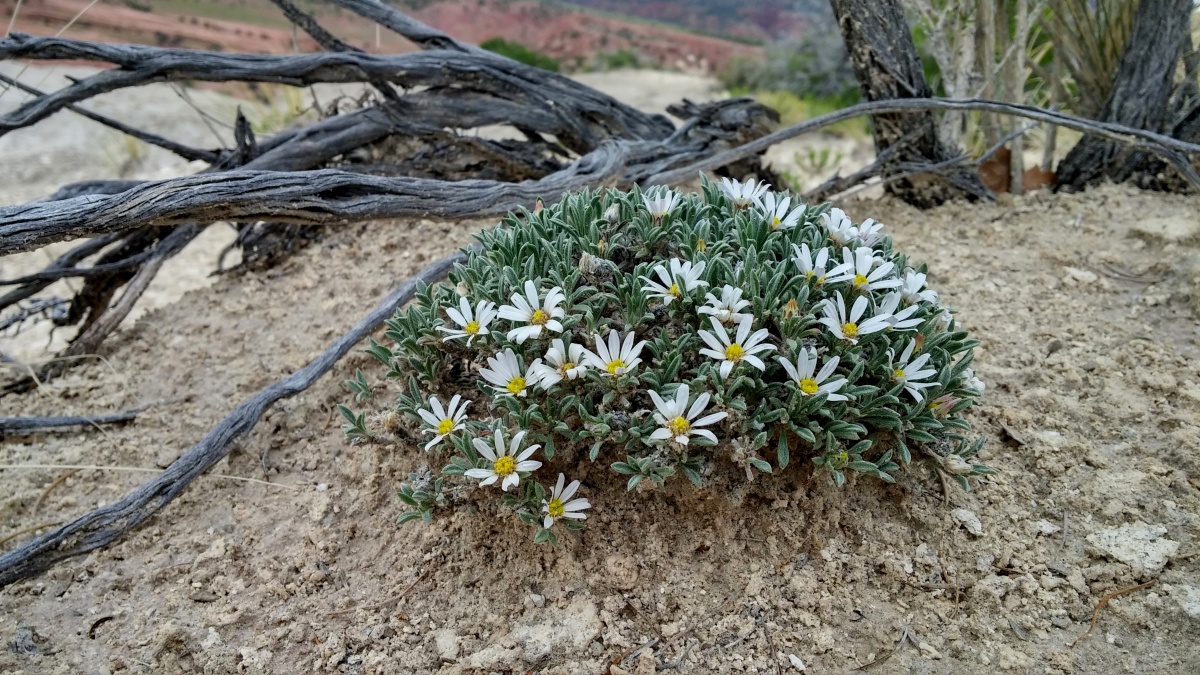
Why do plant species become rare and what anthropogenic (human-caused) factors contribute to this outcome? Rare plants often face restrictions due to environmental factors such as specific substrate requirements and climatic conditions. Gypsum Townsend’s aster (Townsendia gypsophila) is an example of a narrowly distributed endemic species that only occurs on gypsum outcrops in the White Mesa area near San Ysidro, New Mexico. Direct human-induced threats to Townsendia gypsophila include gypsum mining and recreational mountain biking (Roth and Sivinski, 2015).
When the unique habitats of endemic plant species are altered, sensitive species disappear more quickly because they are not adapted to survive in disturbed sites. Disturbances affect the viability of already small populations by lowering reproduction rates, decreasing pollination success, increasing competition with invasive species, and increasing predation. In some unique habitat types, you might find more than one rare plant species. Tharp’s blue-star (Amsonia tharpii), Allred’s flax (Linum allredii), Gypsum wild buckwheat (Eriogonum gypsophilum), and Gypsum milkvetch (Astragalus gypsodes), all occur in the same geographic region and habitat in Eddy County, New Mexico. Active oil and gas development, gypsum mining, off-road vehicle use, and road and pipeline development in the gypsum hills of the Chihuahuan desert have collectively damaged the already limited habitat for these rare plant species (New Mexico Rare Plant Technical Council, 1999). The gypsum hills of southeastern New Mexico host an impressive diversity of endemic species, which we would like to protect from further habitat destruction, alteration, and fragmentation to prevent population declines.
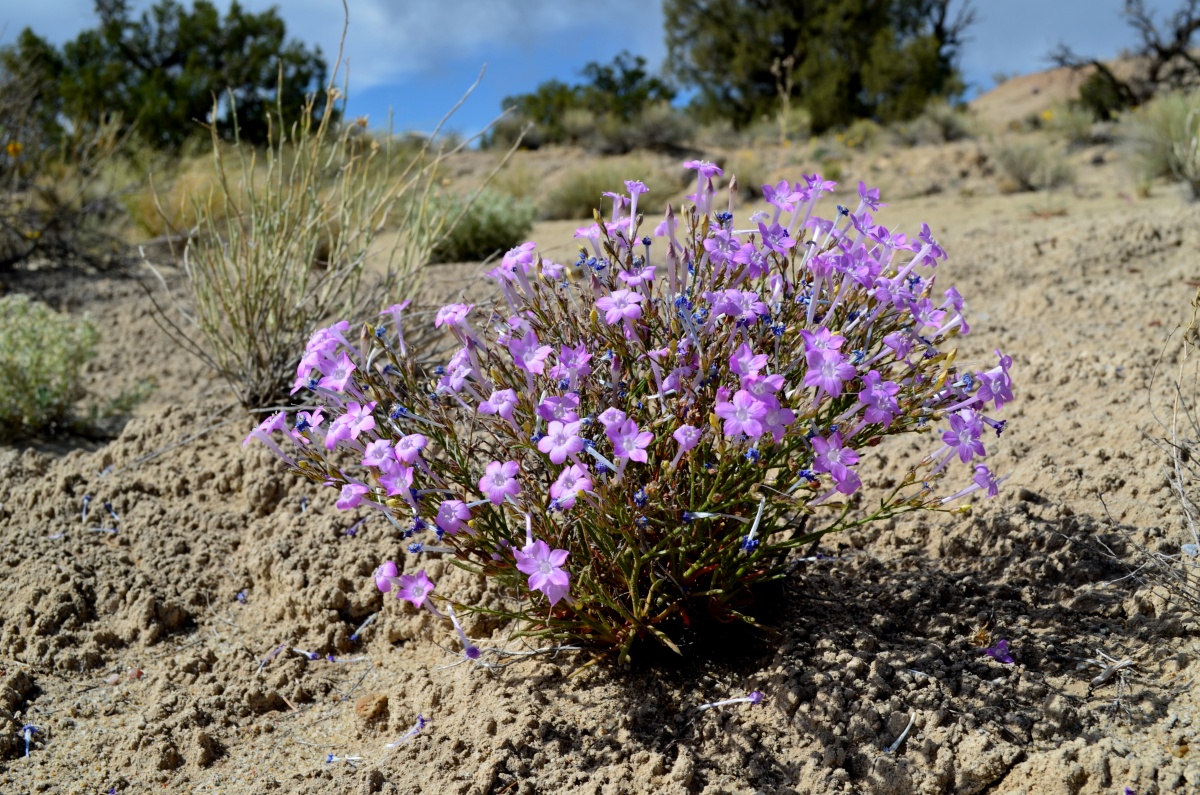
Sometimes our knowledge of a species is limited due to the lack of funding for trend monitoring programs and baseline surveys to document abundance, distribution, status, and threats. In 2017, the BLM launched a seasonal field crew to set up long term population trend monitoring sites for a select group of rare plants in New Mexico. The 10 rare plant species monitored by the crew include Aztec gilia (Aliciella formosa), Clover's fishhook cactus (Sclerocactus cloverae), Mesa verde cactus (Sclerocactus mesae-verdae), Tharp's bluestar (Amsonia tharpii), Kuenzler's hedgehog cactus (Echinocereus fendleri var. kuenzleri), Allred's flax (Linum allredii), Gypsum wild buckwheat (Eriogonum gypsophilum), Taos spring parsley (Cymopterus spellenbergii), Ripley's milkvetch (Astragalus ripleyii), and Gypsum Townsend's aster (Townsendia gypsophila). With this monitoring data we can better understand population dynamics through time and potential impacts of threats. Documentation for whether populations are in decline, stable, or increasing will help inform management decisions and provide protection for these rare species. With a greater understanding of rare plants and their associated threats, we can be more effective conservationists and potentially prevent federal listings under the Endangered Species Act.
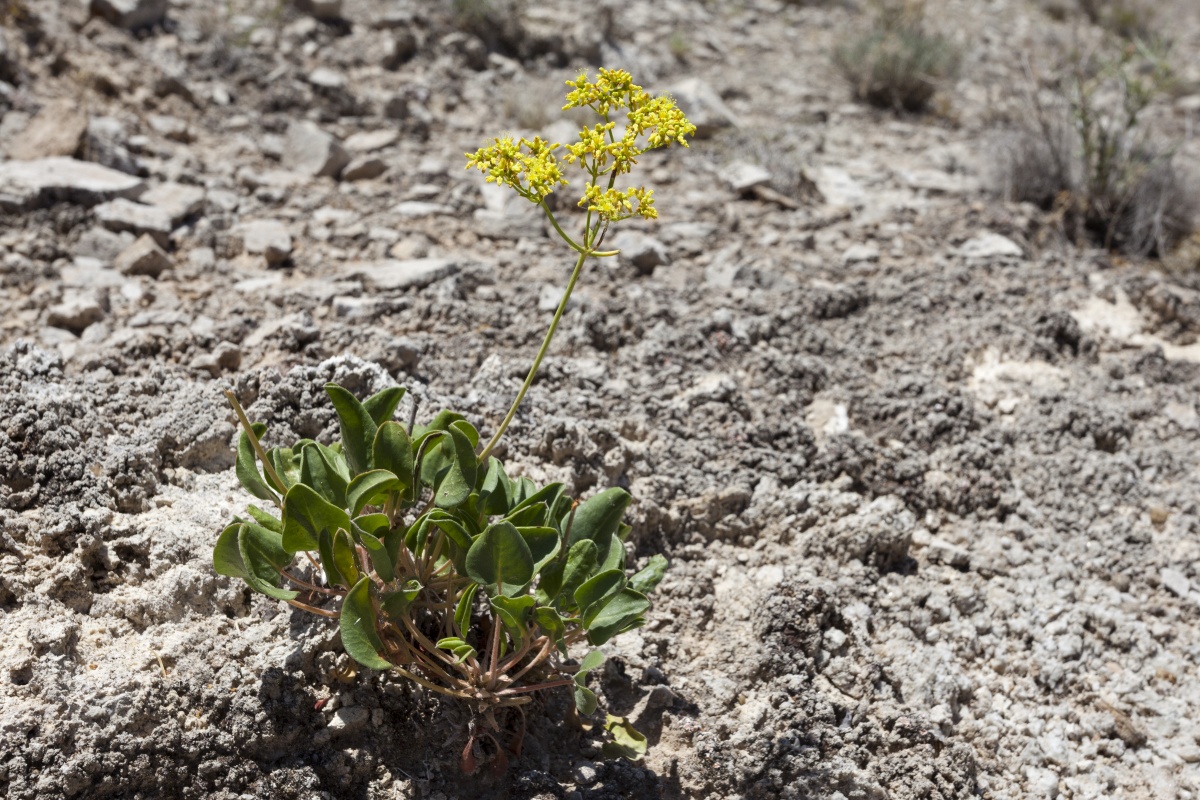
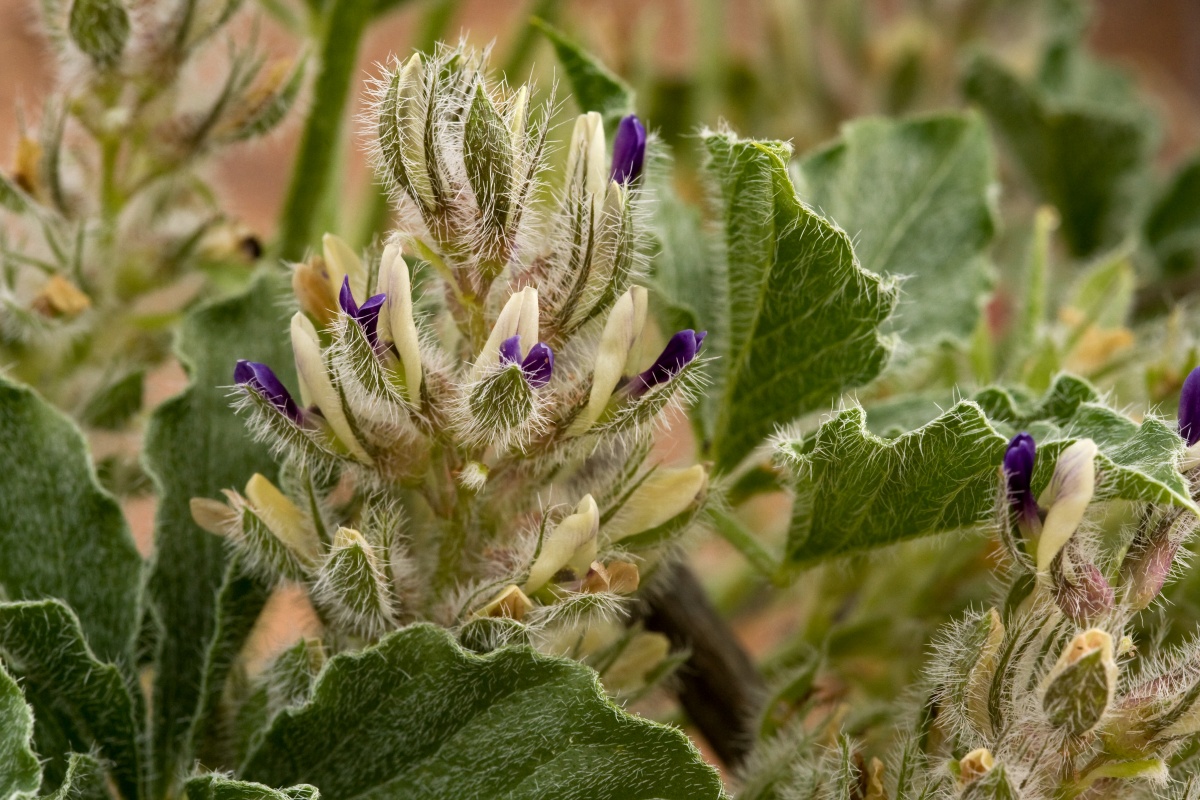
The New Mexico BLM is also working on rare plant conservation through the development of habitat suitability models to determine where to look for new populations, partnering with genetic researchers to inform how rare certain species are, and working with partners to develop collaborative conservation strategies in line with Section 7(a)(1) of the Endangered Species Act.
These examples of rare and endangered plants shed light on the tentative existence of imperiled species in New Mexico, and highlight the need for more information regarding the status of all rare plants within the state. With small populations restricted to specific habitat types and intense anthropogenic threats ranging from recreation and energy development to more widespread threats such as climate change and associated ecological impacts, rare plants need our attention and help more than ever!
Literature Cited
Allred, K. 2012. Flora Neomexicana I: Annotated checklist. Second edition. Range Science Herbarium, Department of Animal & Range Sciences, New Mexico State University, Las Cruces, NM.
EMNRD – Forestry Division. 2017. New Mexico Rare Plant Conservation Strategy. Prepared by D. Roth
and developed by the NM Rare Plant Conservation Strategy Partnership. Santa Fe, NM.
New Mexico Rare Plant Technical Council. 1999. New Mexico Rare Plants. Albuquerque, NM: New
Mexico Rare Plants Home Page. http://nmrareplants.unm.edu (Latest update: 21 July 2016).
Roth, D. and B. Sivinski. 2015. Survey for rare gypsophilic plants in the Ojito/White Mesa area, Sandoval
County, NM. Unpublished report prepared by EMNRD-Forestry Division for the BLM, Rio Puerco Office, Albuquerque, NM.
Stein BA and Gravuer K. 2008. Hidden in Plain Sight: The Role of Plants in State Wildlife Action
Plans. Arlington, Virginia: NatureServe.
Treher A., A. Frances, L. Oliver, and B.E. Young. 2012. An analysis of the vulnerability of plants on BLM
lands to climate change. BLM Purchase Request No. 0020002338, Agreement # L07AC14909. Arlington, Virginia: NatureServe.

